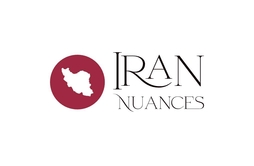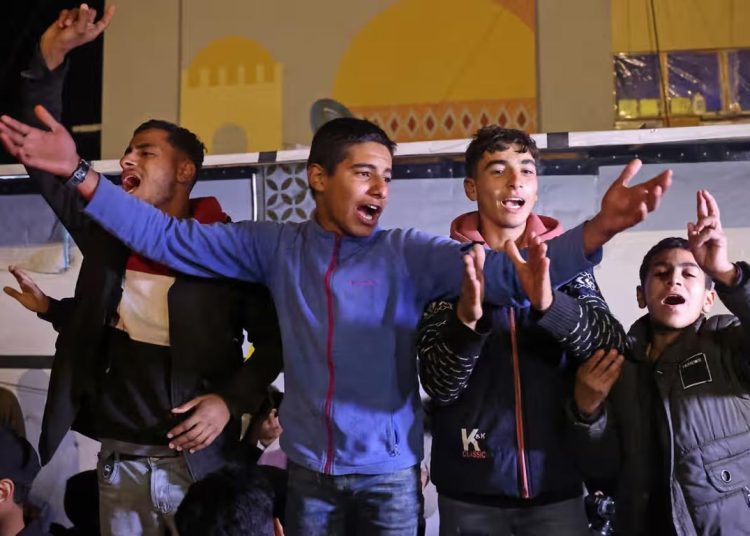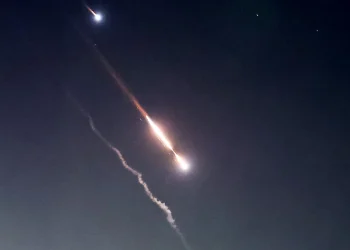The Prime Minister of Qatar, just moments ago confirmed finalizing the ceasefire agreement between Israel and Hamas, stating that its implementation would commence on Sunday, January 19th. He also revealed that the agreement comprises three stages, with details of the second and third stages to be released at a later date. The President of the United States, Joe Biden, also confirmed the agreement in a press conference.
What Catalyzed the Ceasefire?
In the lead-up to this pivotal agreement, Palestinian groups, including the Al-Quds and Al-Aqsa Brigades, intensified their rocket attacks and specialized operations in the past weeks and days, especially in areas where Israel faced pressure, these groups displayed a clear intent to thwart Israel’s war aims and demonstrate a growth in operational prowess.
The increased pressure exerted by these groups contributed to escalating domestic pressures on Israeli Prime Minister Benjamin Netanyahu. Simultaneously, the combined influence of US President Joe Biden and President-elect Donald Trump spurred a shift in Tel Aviv’s approach. Netanyahu does not wish to lose vital support—especially from Trump.
Hamas positively responded to the proposed agreement, signaling its willingness to proceed. Evaluations indicate that Hamas believes it successfully imposed its terms on Israel in areas where the Israeli military has to depart from.
The Agreed Ceasefire: Stage-by-Stage Implementation
While the complete framework will be detailed at a later point, Iran Nuance has gathered information on the core aspects of the agreement:
- Phase One: The Humanitarian Phase: This 42-day period will focus on addressing humanitarian needs, including the release of 33 Israeli prisoners. The prisoners to be released will include all women (both civilians and soldiers), children, individuals over 50, the injured, and those who are ill. The status of the prisoners is not clear, as speculations suggest that about half may be alive.
According to the agreement, the exchange of hostages will begin a week after the ceasefire comes into effect. This stage also aims to enable the gradual return of civilians to northern Gaza in the weeks following the implementation of the ceasefire.
- Phase Two: The Prisoner Exchange Phase: This stage centers on the release of the remaining Israeli captives in exchange for a specified number of Palestinian prisoners. Upon completion of the prisoner exchange, the agreement calls for the complete withdrawal of Israeli forces from Gaza. The Israeli military will gradually withdraw to a buffer zone near the border, and will retreat from the Nitzarim (central Gaza) and Philadelphi/Salah al-Din (southern Gaza) axes. This entire withdrawal is contingent on the release of all Israeli prisoners and a full Israeli departure from Gaza by the end of this second phase.
The list of Palestinian prisoners slated for release initially includes 1,650 individuals, though this figure could change depending on the status of the Israeli prisoners. The prisoners to be released will include those with lengthy sentences. However, these individuals will not be allowed to return to the West Bank. Additionally, Israel has refused to release Palestinian prisoners involved in the October 7th attacks during this initial phase.
Future of Gaza Governance Remains Uncertain
A key element of the post-war arrangement is the future administration of Gaza. Israel is looking to prevent Hamas from controlling the distribution of international aid. Egypt and Qatar are mediating to establish a consensus among Palestinian factions to govern Gaza, like forming a “Gaza Community” support committee. Mahmoud Abbas, the president of the Palestinian Authority, however, opposes this arrangement, and is seeking for the Palestinian Authority to assume total control, possibly in the hope of negotiating with Trump. No clear decision regarding this critical issue has yet been known to date.
Regional Impacts and Unmet Israeli Goals
Alongside the ceasefire in Gaza, attacks by Yemeni armed forces against Israeli targets are expected to cease. These attacks, coupled with the support and operations of Hezbollah, have critically influenced Israel’s retreat and the failure of its objectives.
Israel’s initial war objectives, which included the destruction of Hamas, the elimination of the threat, the return of hostages (now being addressed), and the safe return of displaced people, have largely failed to materialize.
Concerns Over Deal Violations
Despite the agreement, fears persist that Israel may violate the terms of the ceasefire. Such violations could result in consequences, and would provoke a resurgence of responses from various factions within the axis of Resistance.
While Iranian officials have not yet responded to the agreement, their perspective seems to be based on ensuring that the people of Gaza benefit from the ceasefire.






